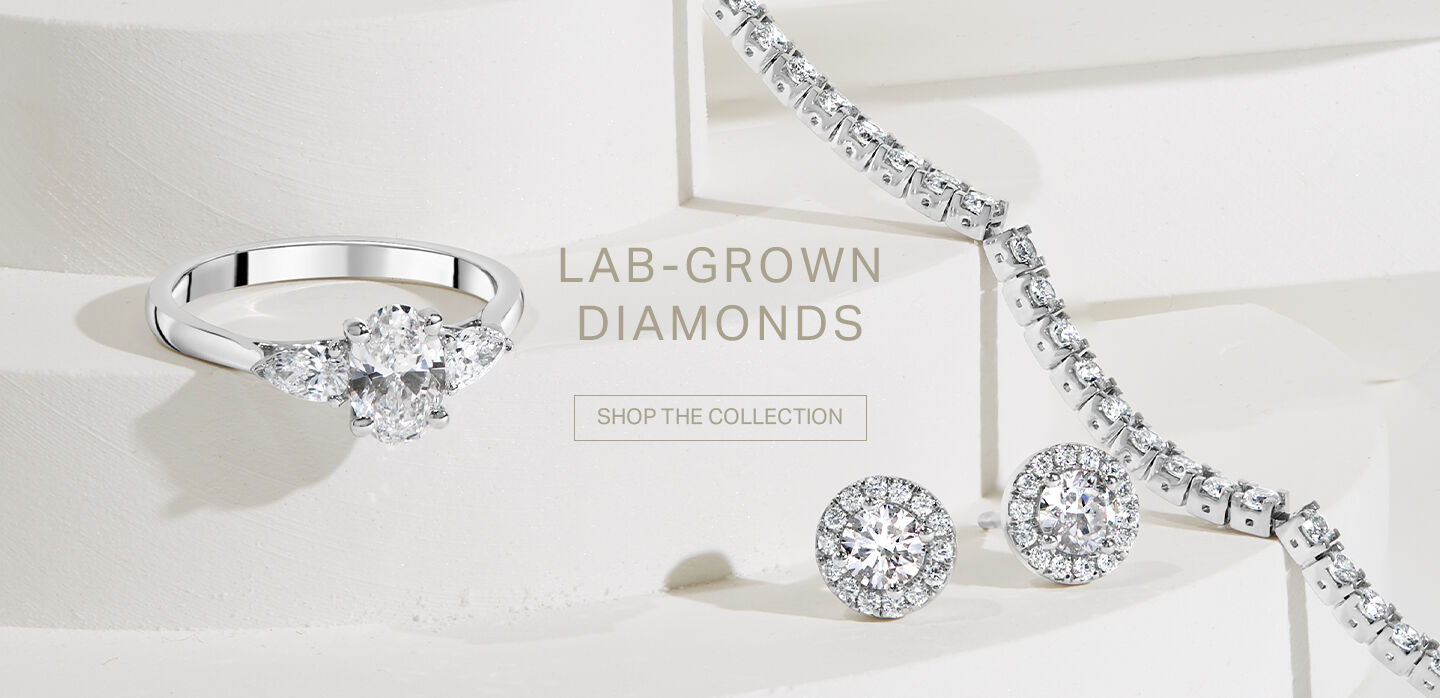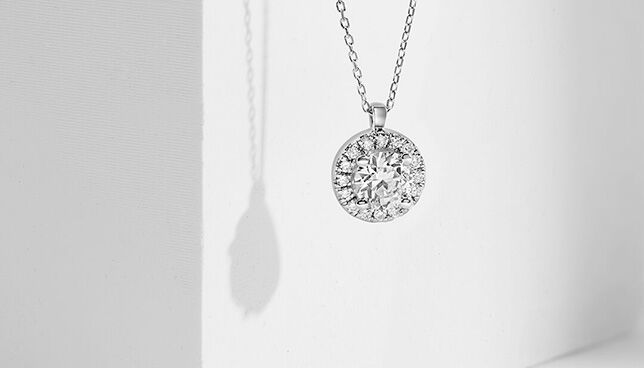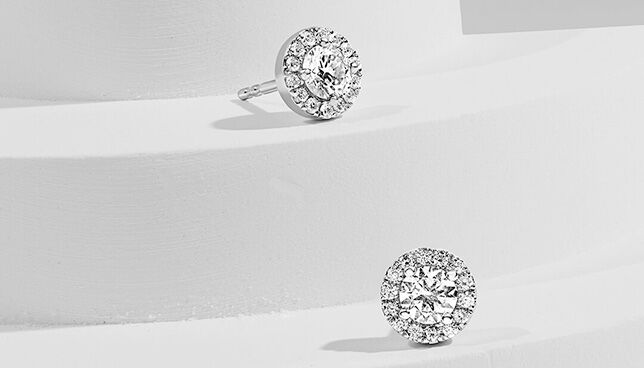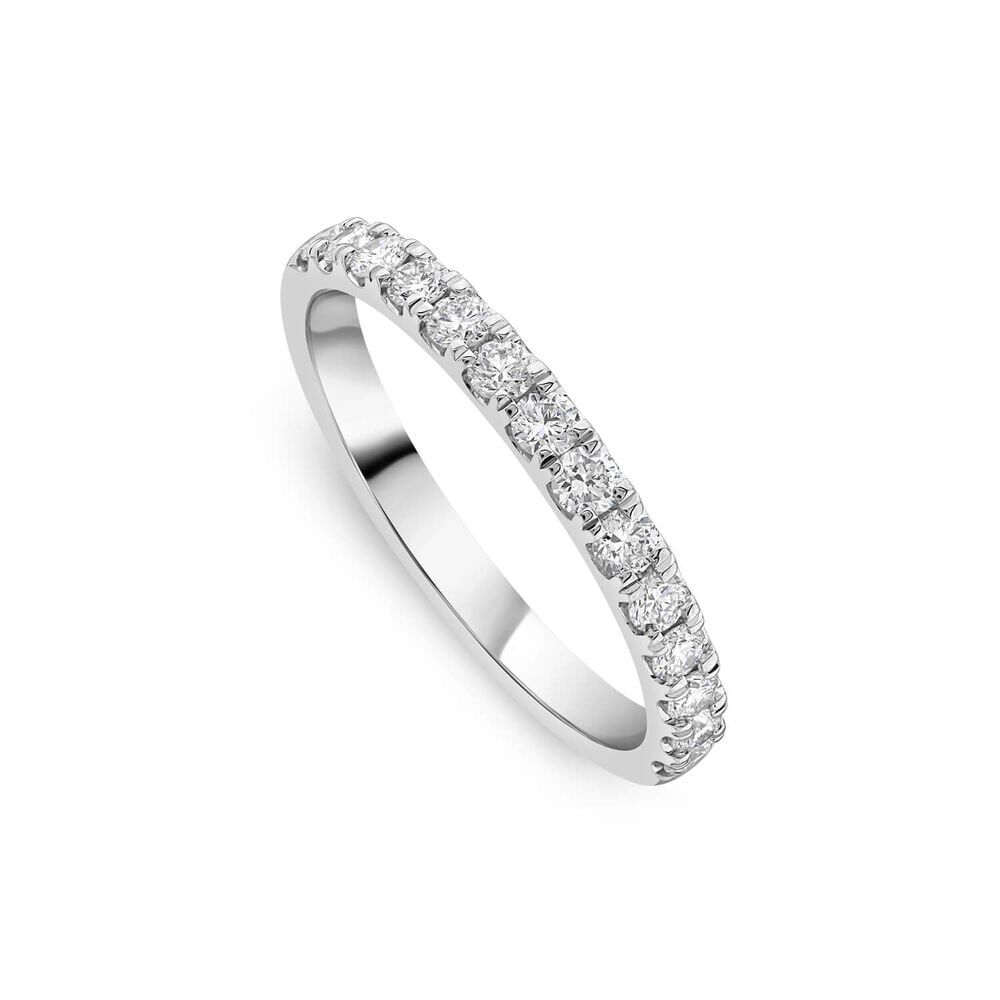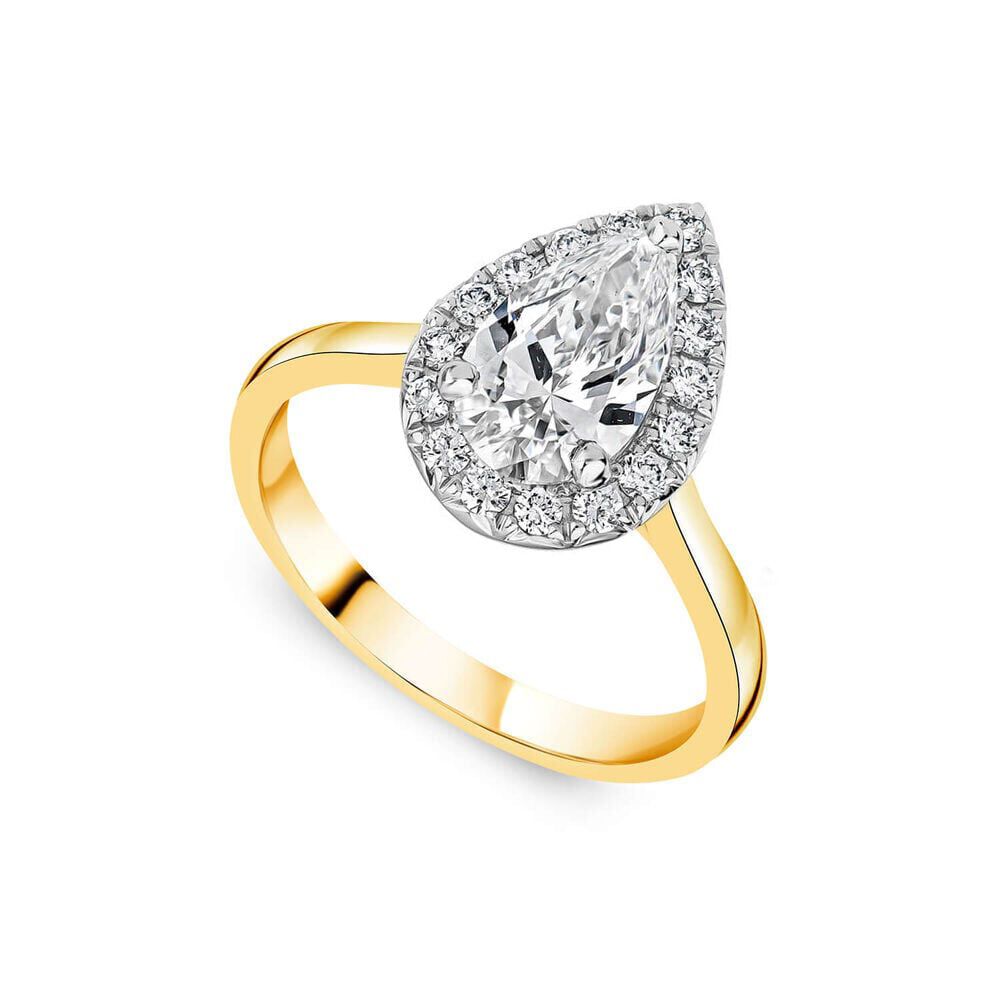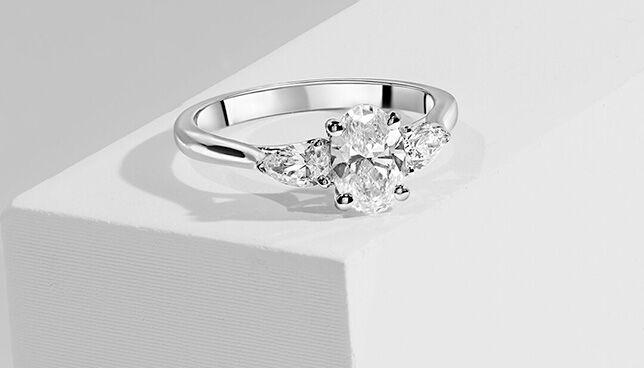Our unique range of lab-grown diamonds are expertly cultivated in laboratories. The process replicates nature’s billion-year long forces, to grow a truly exceptional diamond.
What are lab grown diamonds?
The journey begins with a seed. (Yes, a diamond seed!) When exposed to tremendous heat and immense pressure, mimicking the conditions of the earth’s crust, the diamond seed begins to grow. Once this process is complete, the outcome is a precious sparkling diamond. The only difference between lab grown diamonds and earth grown diamonds, is the origin.
Are lab grown diamonds real?
Simply, yes. They are optically, physically and chemically identical to an earth grown diamond. Like their earth-grown counterpart, lab-grown diamonds are graded using the the 4 C’s. Clarity, Cut, Colour and Carat.
Each lab grown diamond has its own unique origin certificate and is fully IGI certified, detailing the type and grading of your precious diamond. Whilst earth grown diamonds are truly a miracle of nature, it is with innovative engineering that allows us to bring you the 5th C - Choice.
Lab Grown Diamond Collection
Our lab grown collection has options to suit all tastes including yellow gold and white gold settings. You can shop our Lab Grown Diamonds online or in your nearest Fields store. Alternatively, our team of diamond experts are on hand to assist you with your special purchase. Contact our team to discuss your requirements.
Frequently Asked Questions about Lab Grown Diamonds
1. High Pressure High Temperature – HPHT
2. Chemical Vapour Deposition - CVD
HPHT
This Earth-inspired method was brought to life in the mid-1950s and is known as “high pressure high temperature” (HPHT). A small diamond seed is combined with a carbon source, like graphite, and then placed in a giant mechanical press. There, in the presence of a catalyst, it’s subjected to temperatures of around 1,600 degrees Celsius and pressures of 5-6 Gigapascals in order to form a diamond. The force used is like balancing a commercial jet or the Eiffel tower on the tip of your finger. And in effect, this process recreates the conditions under which mined diamonds are formed in the Earth’s core.
CVD
The newer method is called Chemical Vapour Deposition, or CVD and is more akin to how diamonds might form in interstellar gas clouds. CVD diamond production is different from HPHT growth in two major ways. First, the diamonds are grown in a vacuum instead of under tremendous pressure. Secondly, CVD growth requires large, flat plates of diamond instead of small diamond seeds. To grow a CVD diamond, square diamond plates are placed into a vacuum chamber. The chamber, known as a reactor, is then injected with a hydrocarbon gas, such as methane, and the gas is heated, typically to 3,000 - 4,000 degrees Celsius. At the same time, high-power microwave energy is infused throughout the chamber, creating a hydrocarbon plasma that acts as a catalyst to break down the atomic bonds in the hydrocarbon mix. This separates the carbon atoms from the hydrogen atoms, and the resulting free carbon 'rains' down on the diamond plates, vertically growing the diamond atom by atom, similar to the way that snow collects on a table.
